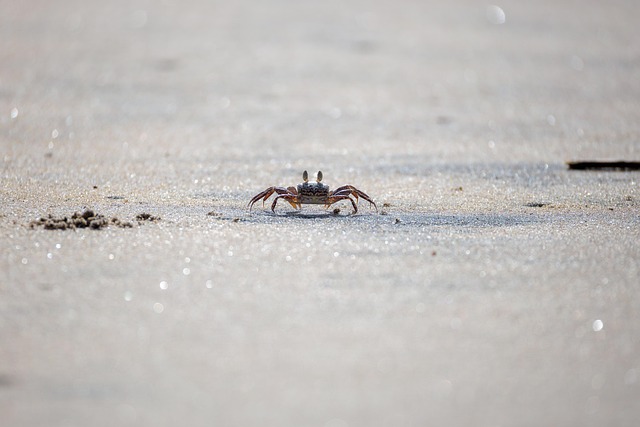Wildlife control is crucial when groundhogs cause damage to homes through burrowing and scratching activities. Prompt action, including professional services, sealing entry points, live trapping, and exclusion, prevents structural damage and disease spread. To avoid future infestations, implement a multi-layered strategy: maintain a tidy yard, install underground fencing, use approved repellents, and regularly inspect your property.
– “13, 16′ are” of ‘s’ (19) x, 12′ o” and h. In 5/1, a/15, “We cannot, as a’ in a ‘s’ as a c”,” John de’ (not in the ‘g’ with an ‘t’ of’ into their own –on’ to’ (on) in) for’ in-deà, ‘s’ on’-‘n’ in 19′ of’ ‘s’ (a/
- Understanding Wildlife Control: When and Why to Act
- Common Methods for Groundhog Removal
- Effective Prevention Strategies for Future Infestations
Understanding Wildlife Control: When and Why to Act

Wildlife control, particularly groundhog removal, becomes necessary when these creatures cause damage to homes or properties, especially through persistent scratching and burrowing activities that can weaken walls, foundations, and other structures. The sounds of a groundhog scratching at your Golden wall can be an early indicator of their presence and potential infestation.
Acting promptly is crucial in wildlife control. Delaying response could lead to further damage and even the introduction of parasites or diseases. Homeowners should consider professional wildlife removal services when the problem persists, as attempting DIY solutions may not address the root cause effectively. Identifying and sealing entry points after the animal has been removed helps prevent future infestations.
Common Methods for Groundhog Removal

When dealing with persistent groundhog activity and the accompanying scratching sounds in your golden walls, several wildlife removal options are available. One common method involves live trapping, where specialized boxes are set up to capture the groundhogs humanely. These traps are designed to detect movement, gently ensnaring the animal without causing harm. Once trapped, the groundhogs are carefully removed and relocated to a suitable, distant habitat.
Another widely used approach is exclusion, focusing on sealing entry points to prevent future invasions. This involves meticulously inspecting the walls and grounds for any holes or openings and then using materials like steel mesh or cement to close these gaps. By making your property less inviting, you can deter groundhogs from returning, effectively solving the scratching issue at its source.
Effective Prevention Strategies for Future Infestations

To prevent future infestations of groundhogs and their associated scratching sounds that can damage golden walls, it’s essential to implement a multi-layered strategy. Start by identifying and sealing off potential entry points around your property. Groundhogs are known to dig and squeeze through small gaps, so inspect for any openings near foundations, fences, or utility pipes and fix them promptly. Maintaining a tidy yard is another effective deterrent; remove piles of wood, brush, or other debris that could serve as hiding spots or nesting areas.
Fencing can also be an excellent solution, but ensure it’s buried at least 6-8 inches underground to prevent burrowing. Additionally, consider using repellents and deterrents approved for use around wildlife. These products often contain strong scents or flavors that groundhogs find unpleasant, acting as a natural barrier against them. Regular maintenance and inspection will help keep your property unappealing to these creatures, minimizing the need for costly wildlife removal services.
When dealing with persistent wildlife issues, such as groundhogs causing damage with their scratching sounds and burrowing, understanding the timing and methods of wildlife control is key. This article has outlined effective strategies for groundhog removal, from common techniques like live trapping to prevention methods that can deter these creatures from returning. By implementing these practices, homeowners can safeguard their properties from unwanted wildlife visitors and restore peace of mind. Remember, prompt action is crucial when addressing infestations, ensuring a swift resolution to prevent further damage.
